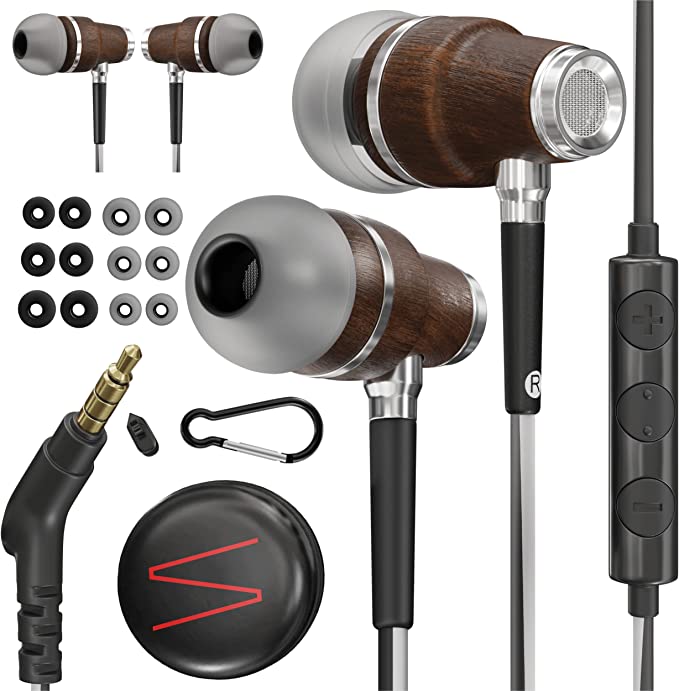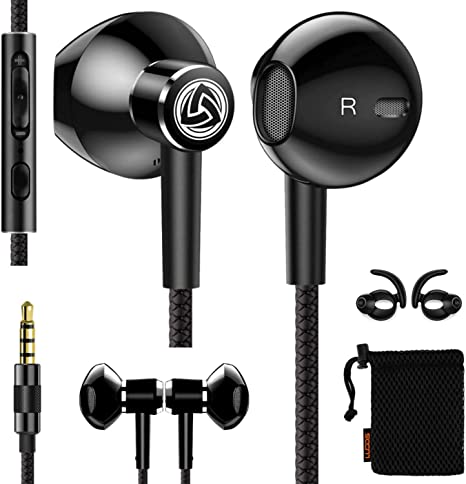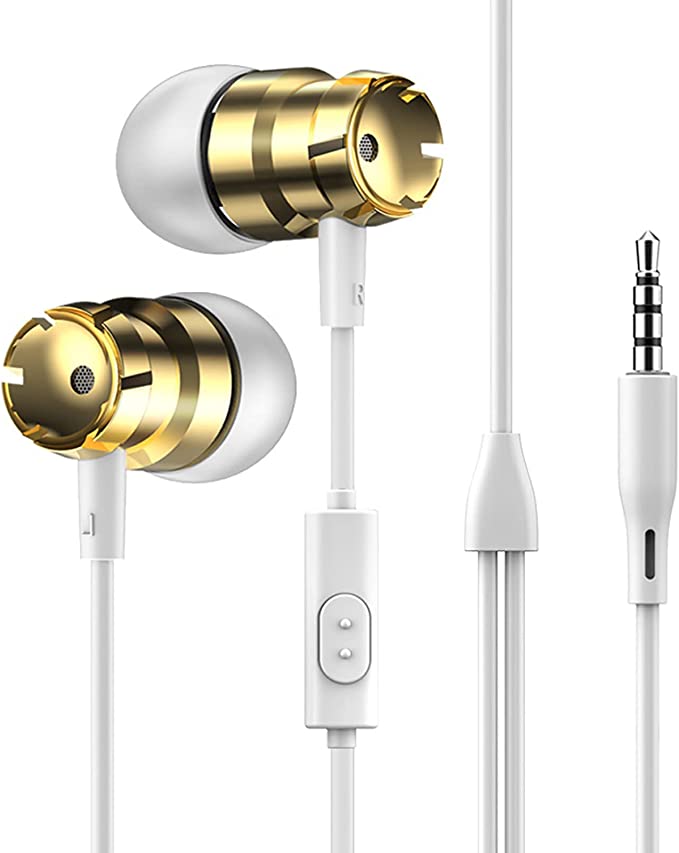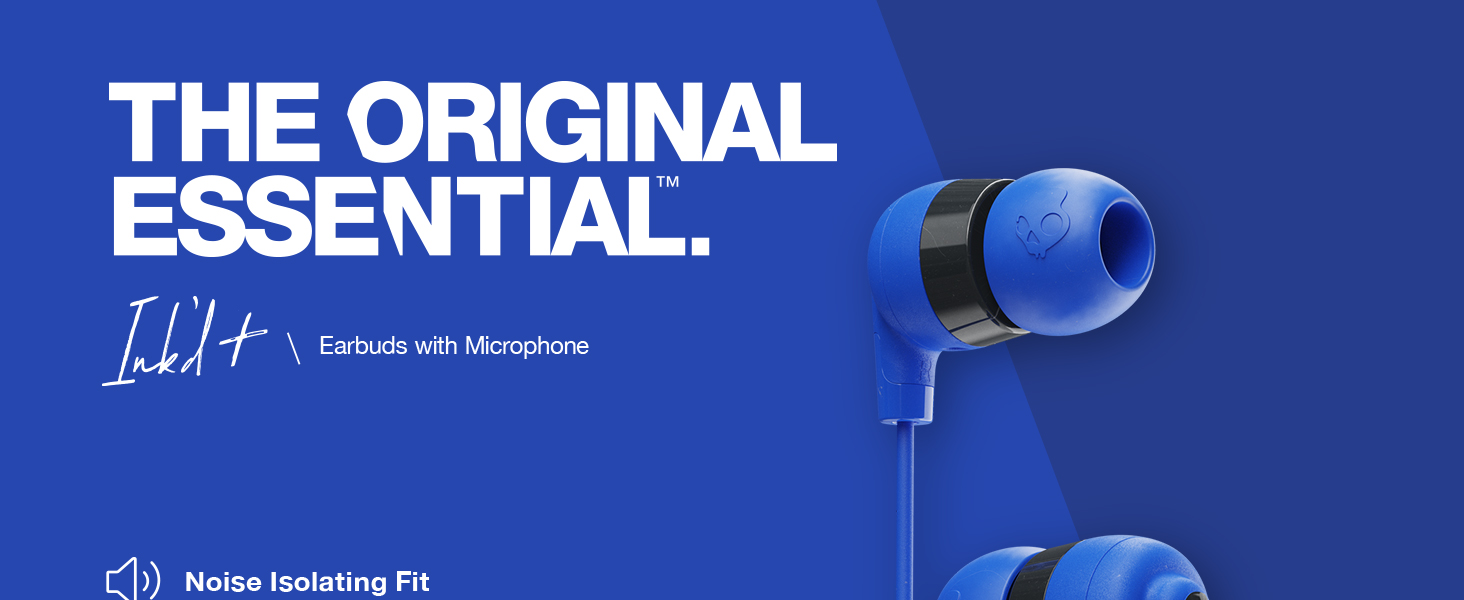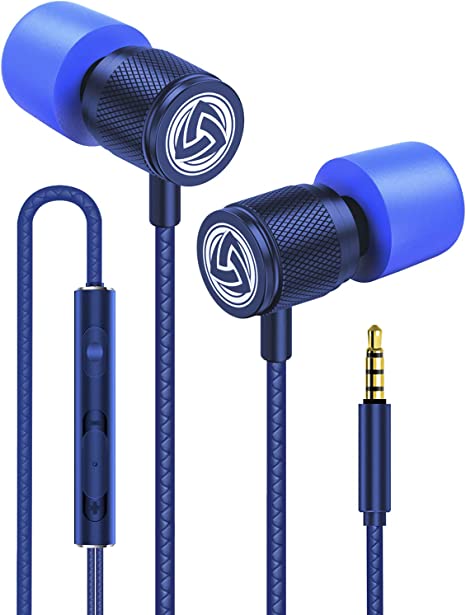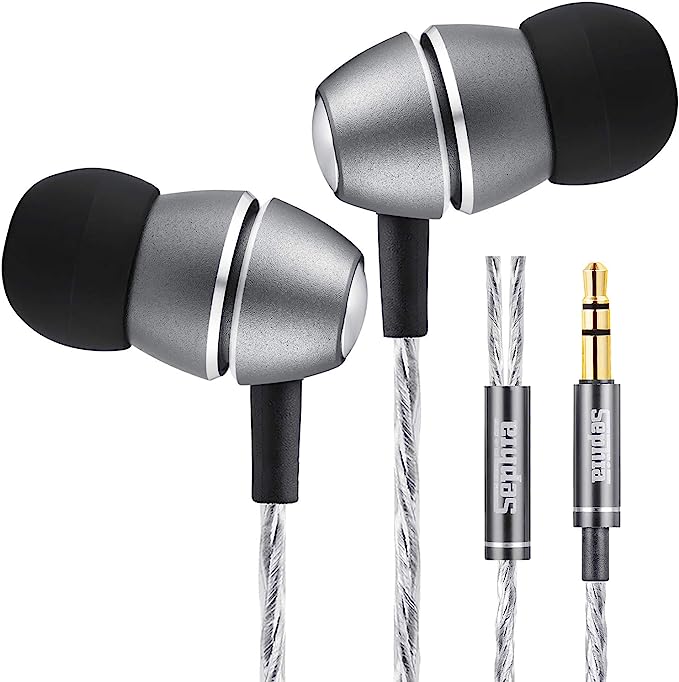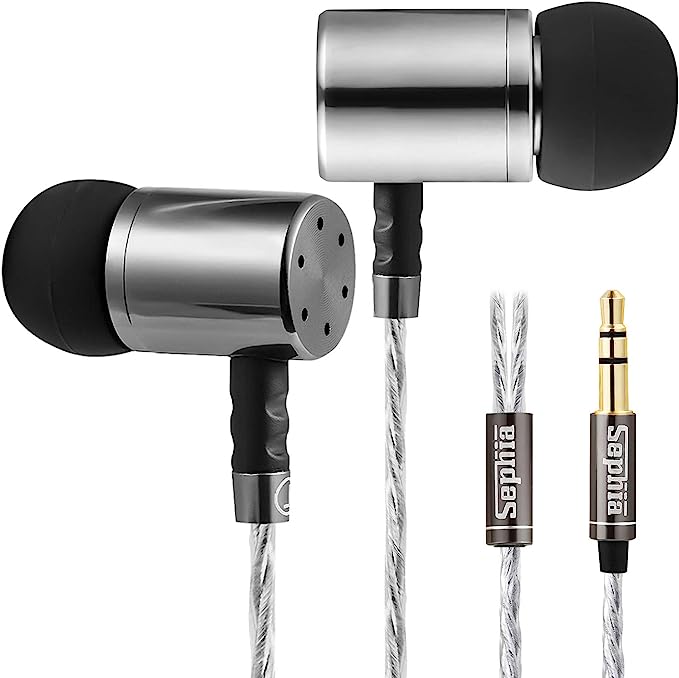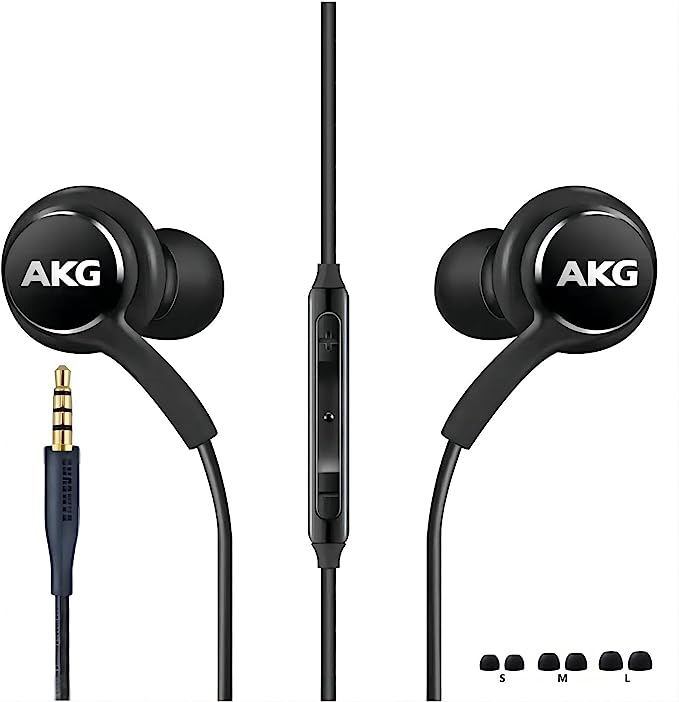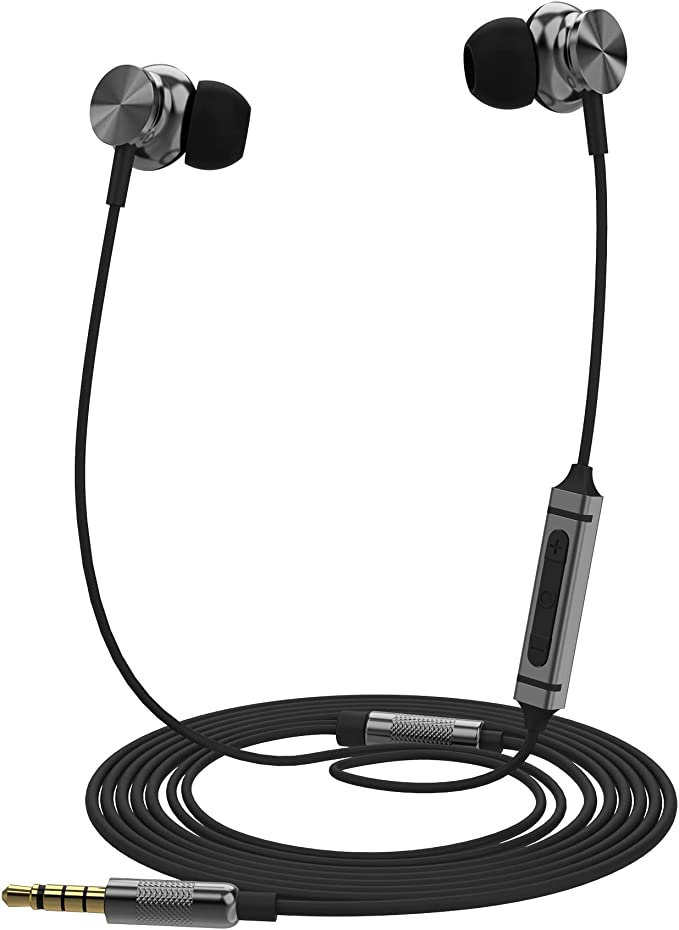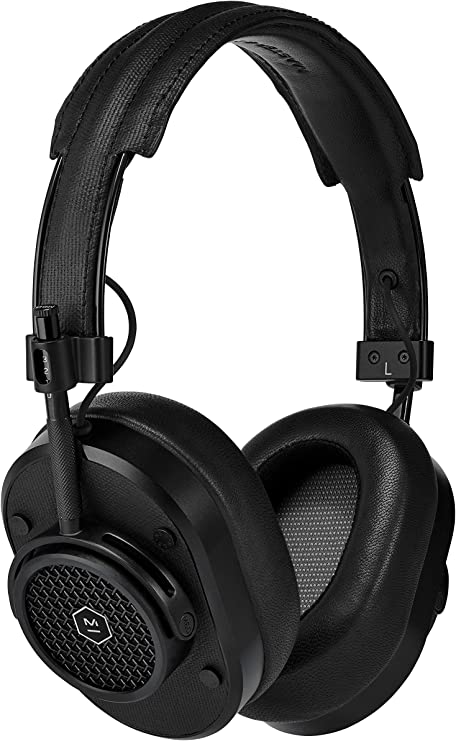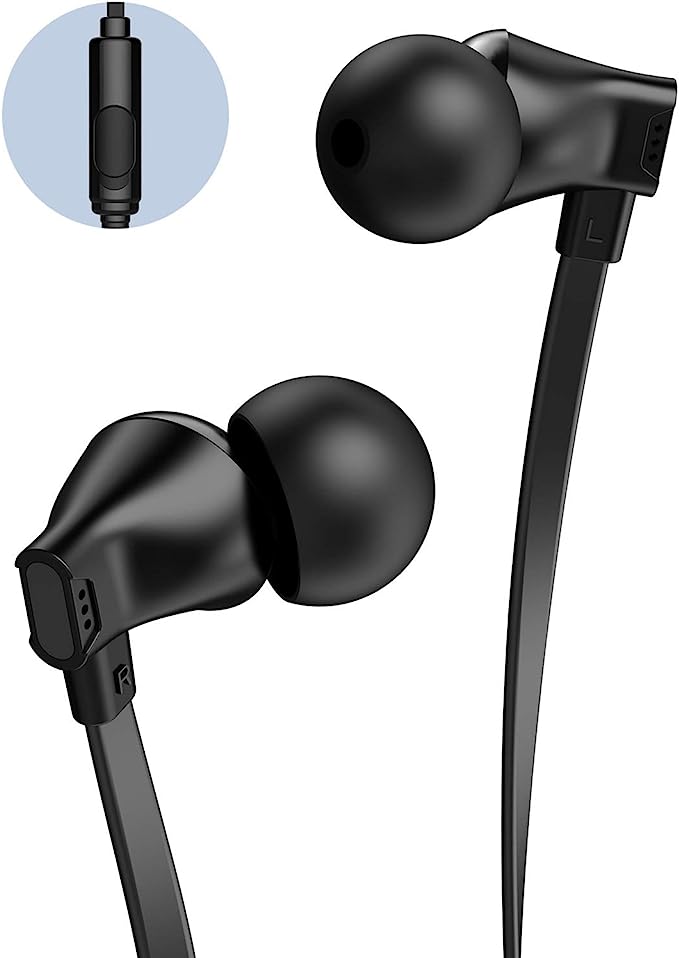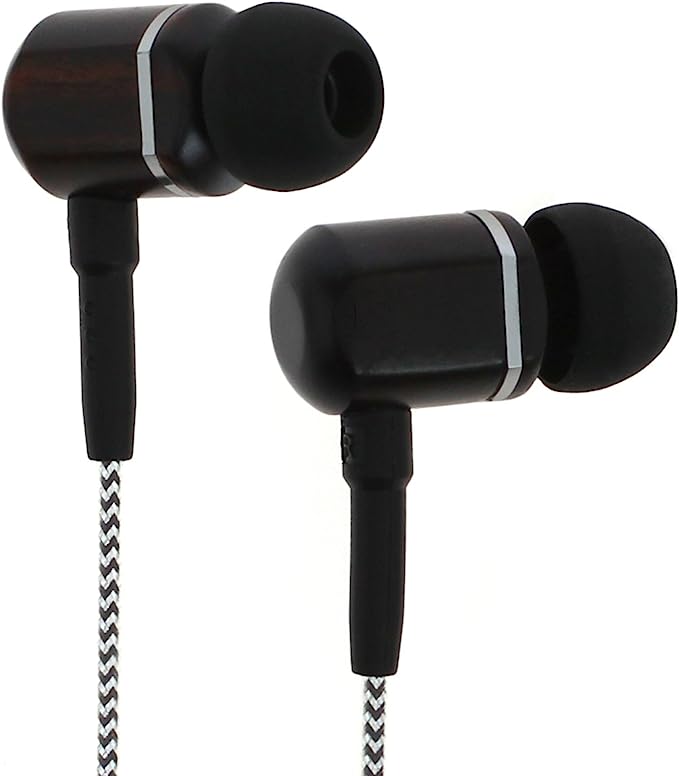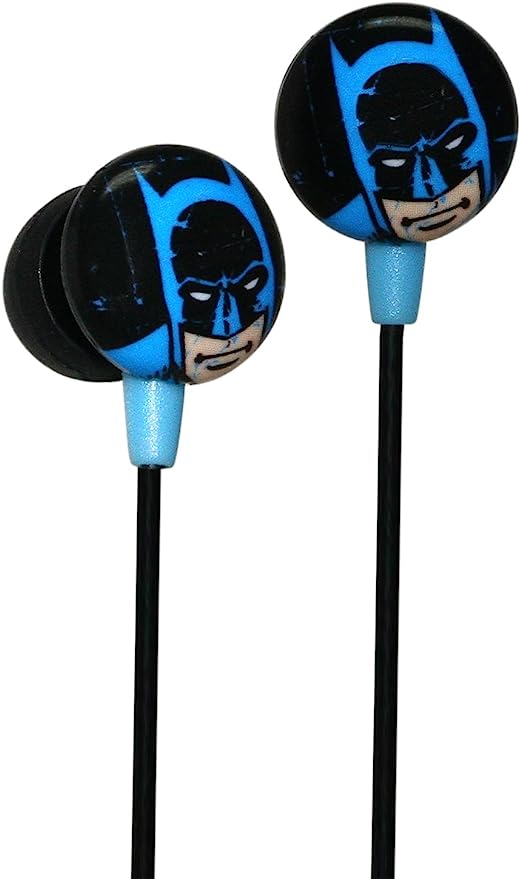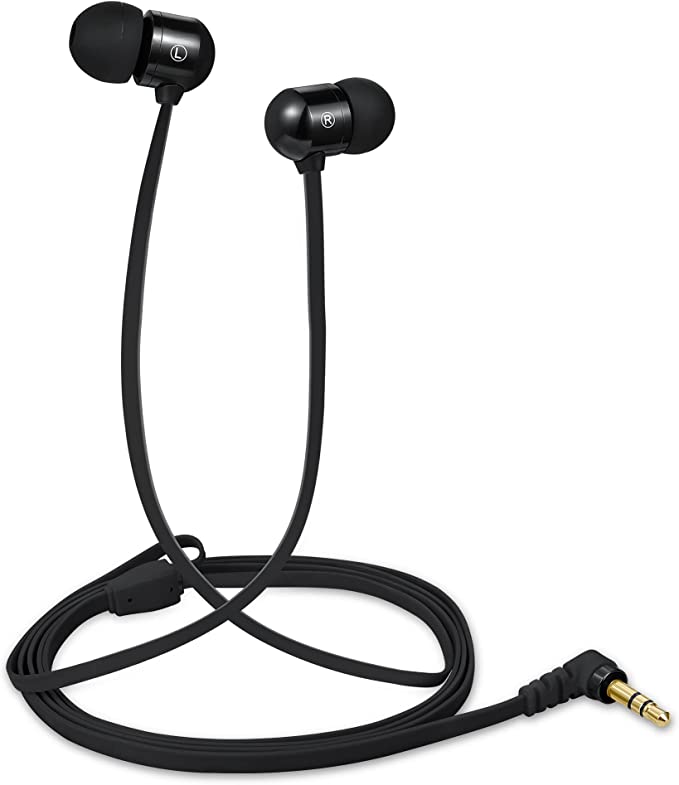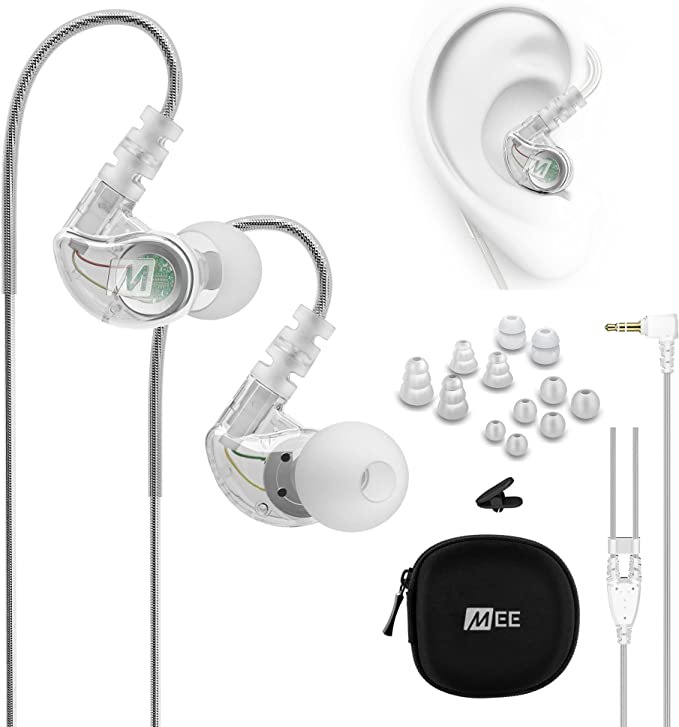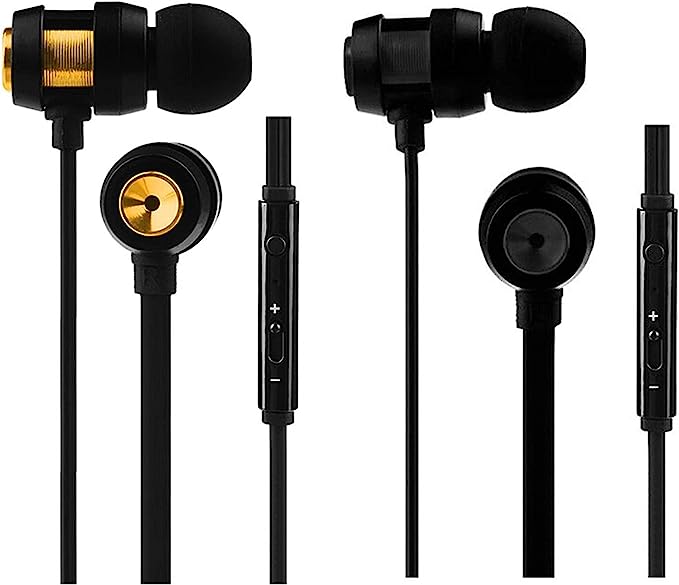MINDBEAST SPS-HD03 Noise Cancelling Headphones - Great Sound and Value for Money
Update on July 2, 2025, 4:52 a.m.
In our increasingly connected and often noisy world, finding moments of clear, focused sound can feel like a luxury. From the rumble of a subway to the hum of an open-plan office, distractions abound. While wireless technologies dominate headlines, there’s an enduring appeal to wired earbuds: a reliable, zero-latency connection that never needs charging. Among these, the MINDBEAST SPS-HD03 stands out, promising not just sound, but a unique blend of “extra bass” and “noise cancelling” features. But what exactly is the science behind these claims, and how do they translate into your everyday listening experience? Let’s pull back the curtain and explore the fascinating engineering within these compact audio companions.

Decoding the Sound: Drivers, Frequencies, and the “Hi-Res” Promise
At the heart of any earbud’s performance lies its driver—the tiny transducer responsible for converting electrical signals into the sound waves our ears perceive. The SPS-HD03 boasts 10mm high-fidelity dynamic drivers. Think of a dynamic driver as a miniature loudspeaker: it consists of a magnet, a voice coil, and a diaphragm. When an audio signal courses through the voice coil, it generates a fluctuating magnetic field. This field interacts with the permanent magnet, causing the diaphragm—a thin, flexible cone or dome—to vibrate. These vibrations push and pull the surrounding air, creating the pressure waves that we interpret as sound.
The 10mm size of these drivers is quite substantial for an earbud. Generally, larger diaphragms can displace more air, which often translates into a more impactful and resonant bass response. This is why the SPS-HD03 is marketed with “extra bass.” It’s a design choice that caters to listeners who enjoy genres where powerful low frequencies are paramount, such as electronic dance music, hip-hop, or rock. When these earbuds deliver those deep, throbbing rhythms, it’s a direct result of that larger diaphragm efficiently moving air.
Beyond sheer power, sound quality is also defined by frequency response, which describes the range of audible frequencies a device can reproduce. Human hearing typically spans from about 20 Hertz (Hz) to 20,000 Hz (20 kHz), though this range can diminish with age or noise exposure. The SPS-HD03 specifies an impressive frequency response of 4Hz to 40KHz. The extension into the sub-bass (below 20Hz) means the earbuds can reproduce extremely low frequencies that you might feel more than hear, adding a rich, visceral layer to the audio. The upper limit of 40KHz, on the other hand, indicates its ability to render very high frequencies. This wide range, especially the 40KHz upper end, aligns with the “Hi-Res Audio” certification by Sony, an industry standard recognized by organizations like the Japan Audio Society (JAS) and the Consumer Electronics Association (CEA). This certification signifies that the device can reproduce audio with greater bit depth and sampling rates than standard CD quality (which is 16-bit/44.1 kHz), allowing for a more detailed and accurate sonic reproduction closer to the original studio recording. It’s like seeing a high-definition photo versus a standard one; you simply get more information.
The physical design also plays an often-underestimated role in sound delivery. The 45° angled earbud tips of the SPS-HD03 are not just for comfort; they’re an acoustic decision. This angle helps the earbud sit deeper and more securely in the ear canal, creating a more direct path for sound waves to reach the eardrum. This precise angling minimizes sound leakage and optimizes the transmission of low frequencies, enhancing the perceived bass and overall clarity. It’s a subtle but significant piece of acoustic engineering that makes a tangible difference in what you hear.

Crafting Your Quiet Space: The Art of Passive Noise Isolation
The product’s description mentions “strong noise cancelling,” which is a term often used broadly. From an audio engineering perspective, it’s essential to clarify that the MINDBEAST SPS-HD03 excels in passive noise isolation, rather than active noise cancellation (ANC). These two technologies achieve similar goals—reducing ambient sound—but through fundamentally different principles.
Passive noise isolation relies purely on creating a physical barrier that obstructs sound waves from entering your ear. Think of it as a well-fitted earplug. The SPS-HD03 achieves this through its snug in-ear design and the selection of silicone earbud tips in three sizes (small, medium, large). When you find the perfectly fitting tip, it forms an effective seal within your ear canal. This seal physically blocks or muffles a significant portion of external noise, allowing the music or audio to be heard more clearly, even at lower volumes. It’s particularly effective at reducing mid-to-high frequency sounds, like chatter or the general hum of an office.
In contrast, active noise cancellation (ANC) is a more complex electronic process. ANC headphones use tiny microphones to detect ambient noise, and then an internal circuit generates an “anti-noise” sound wave that is 180 degrees out of phase with the detected noise. When these two waves meet, they cancel each other out through a phenomenon called destructive interference, effectively silencing the external sound electronically. ANC is particularly effective at cancelling out consistent, low-frequency sounds, such as airplane engine hum or air conditioning drone. While ANC offers a powerful silence, it typically requires batteries, adds weight, and comes at a much higher cost.
The SPS-HD03, by leveraging passive isolation, offers a straightforward, battery-free approach to quiet listening. For users seeking to reduce distractions on a noisy commute, find a moment of peace while studying in a café, or simply ensure clear audio during a phone call in a busy environment, the effective physical barrier of these earbuds provides a practical and reliable solution. The effectiveness of this isolation is often lauded by users, who find it “ideal for hearing protection in loud noise environment such as airplane cabinet, sleeping snoring sound, mowing the lawn, at work office gym school or call centers.”

Engineering for Comfort and Everyday Durability
Beyond the realm of sound, how an earbud fits and endures daily wear and tear is crucial to its utility. The SPS-HD03 demonstrates thoughtful engineering in its design for both comfort and robustness.
For a secure and comfortable fit, these earbuds incorporate extra soft earhooks, often described as “shark fin” style. These hooks are crafted from flexible silicone, designed to adapt to a wide variety of ear shapes. This adaptability, combined with the 45° angled ear tips we discussed earlier, ensures that the earbuds remain comfortably in place, even during dynamic activities like running or intense workouts. Many users appreciate how these hooks prevent accidental slippage, allowing them to focus on their activity without constantly readjusting their audio. At a mere 1.06 ounces (30 grams), they are remarkably lightweight, minimizing ear fatigue even during extended listening sessions, making them suitable for long flights or all-day wear. The design also features soft and round edges, a detail that enhances safety and comfort, making them genuinely suitable for both adults and children.
Durability is another key aspect where engineering choices shine. The cable, often a weak point in wired earbuds, is described as having a “bullet-proof material” for its outer layer. While this is a vivid marketing term, it implies the use of high-tensile strength synthetic fibers, such as aramid fibers (like Kevlar), commonly woven into the core or sheath of robust cables. These materials are renowned for their exceptional strength-to-weight ratio and resistance to stretching, abrasion, and fatigue, contributing significantly to the cable’s longevity and “tangle-free” nature. This robust construction is a direct response to common user complaints about flimsy earbud wires failing prematurely.
A subtle yet impactful design choice is the L-shaped 3.5mm jack plug. Unlike straight plugs, which can be prone to bending and internal wire damage when a device is in a pocket or bag, the 90° angle of an L-shaped plug significantly reduces strain on the cable’s connection point. This mechanical advantage extends the lifespan of both the cable and the device’s audio port. It also offers a practical benefit for users, especially mobile gamers or those texting, as the angled plug sits more flush with the device, offering more room for hands to maneuver without interference. This “enhanced hard black plastic” at the conjunction further reinforces this critical stress point, preventing common wear and tear.
The Smart Design: Intuitive Control and Robust Connectivity
Modern earbuds, even wired ones, are expected to do more than just play music. The SPS-HD03 integrates an in-line remote control with a microphone, transforming it into a versatile communication and media management tool. This multi-functional button allows for intuitive control: a single press can answer or pause, a double press skips to the next song, and a triple press goes back. Such design eliminates the need to constantly pull out your phone, streamlining interactions whether you’re taking a call during a workout or managing your playlist on a bus. The integrated microphone also makes it a functional gaming headset, compatible with consoles like Xbox One and PS4, enabling clear voice communication with teammates.
The 3.5mm jack plug provides near-universal compatibility across a vast range of devices—from Android and Apple cell phones (though newer iPhones may require an adapter) to PCs, TVs, and laptops. This broad compatibility ensures that whether you’re gaming on a console, watching a movie on a tablet, or making a call on your phone, these earbuds are ready to connect. The wired connection itself offers a fundamental advantage in certain scenarios: zero latency, crucial for competitive gaming where even milliseconds of audio delay can impact performance, and a consistent power source from the device, meaning no batteries to charge or worry about running out.
Value in the Vitals: Performance That Resonates
Ultimately, the MINDBEAST SPS-HD03 stands as a testament to intelligent engineering meeting market demand. At its accessible price point, it delivers a surprising array of features rooted in solid acoustic and material science principles. While it clearly distinguishes itself as a passive noise isolating earbud rather than an active noise cancelling one, its effectiveness in physically blocking ambient sound is a significant benefit. The powerful bass from its 10mm drivers, coupled with Hi-Res Audio certification, provides a rich listening experience.
Users consistently highlight the “good value” and “high quality for a reasonable price.” While some might find the sound “a bit tinny” compared to premium, significantly more expensive alternatives, the general consensus points to a satisfying audio experience, especially for its price. The combination of secure earhooks, a lightweight design for comfort, and a durable cable with an L-shaped plug addresses common pain points in earbud design. For the everyday commuter seeking quiet, the athlete needing a secure fit, the casual gamer desiring clear communication, or simply anyone looking for reliable, high-fidelity wired audio without breaking the bank, the SPS-HD03 represents a thoughtful balance of engineering, functionality, and affordability. It’s a pragmatic choice for those who value performance and durability in their audio companions.

Your Audio Journey, Understood
In a world filled with complex audio technologies, understanding the core principles behind our devices empowers us to make more informed choices. The MINDBEAST SPS-HD03 earbuds serve as an excellent case study in how fundamental acoustic and material engineering can deliver significant value and enhance our daily audio experiences. They remind us that sometimes, the most effective solutions are found in well-executed design principles—creating clear sound and a sense of quiet, one precisely engineered earbud at a time.
